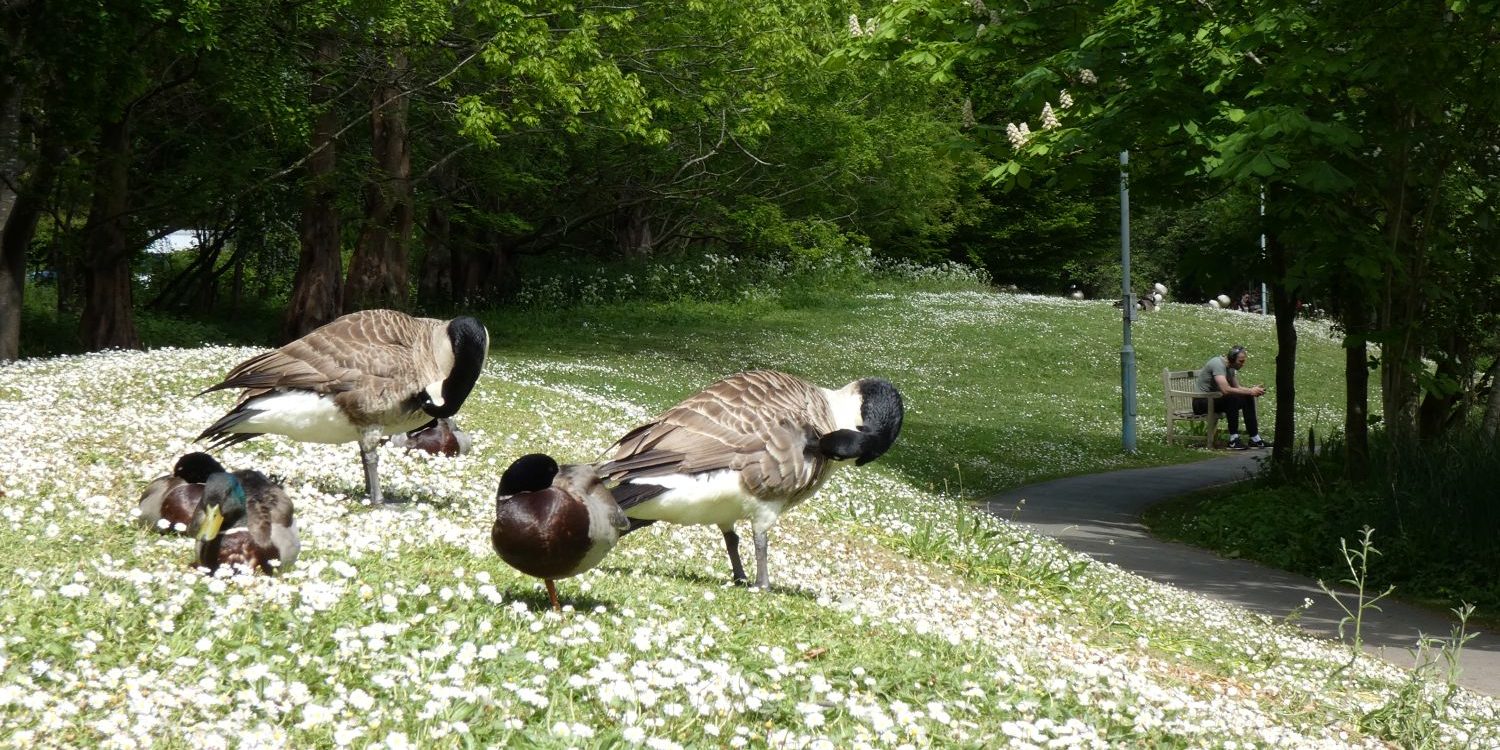Climate News: Warwick commits to ‘No Mow May’ for sixth year in a row
The University of Warwick has committed to participating in Plantlife’s ‘No Mow May’ movement for the sixth year in a row.
The initiative, started by the nature protection charity in 2019, urges gardeners to allow areas of grass to grow throughout the month. In doing so, wildflowers are more likely to thrive, and pollinators like bees and butterflies will flourish. Longer grass also provides shelter for smaller mammals, bringing even more wildlife into garden spaces.
The University also announced that alongside the areas of grassland to be left during May, other areas will be left to grow throughout the summer months. These areas include spaces surrounding student residences, lakesides, and woodlands – such areas will be marked with a mown strip alongside.
Mark Schofield, a Road Verges Advisor at Plantlife, claimed that reducing mowing “could produce up to ten times more nectar for insects and the 270 types of bee” in the United Kingdom alone.
Warwick has planted wildflower seeds in areas across campus, including at Windmill Hill, Gibbet Hill, Sherbourne, and Westwood
The charity states that “approximately 97% of flower-rich meadows have been lost since the 1930s,” contributing to the loss of “vital food and habitat needed by wildlife”.
To counteract this drastic loss of wildflower meadows, Plantlife hopes to encourage the replacement of these areas. Recognising this goal, Warwick has planted wildflower seeds in areas across campus, including at Windmill Hill, Gibbet Hill, Sherbourne, and Westwood.
Stuart McCarthy-Thompson, Communications Manager of Avon Wildlife Trust, insists that even those without lawns – often students – can do their bit to assist nature’s pollinators: “Wildflowers in pots are a great way for pollinators to benefit and doesn’t take much knowledge or skill.”
Warwick encourages the university community to record their wildlife sightings on campus using the iNaturalist app. Simply take a photo of any flora or fauna species, and iNaturalist will identify it for you. Using the app is a fun way to learn about the campus environment, and data shared with iNaturalist contributes to biodiversity research helping habitat management.

Comments